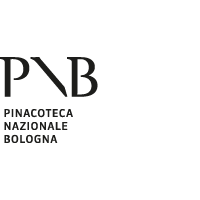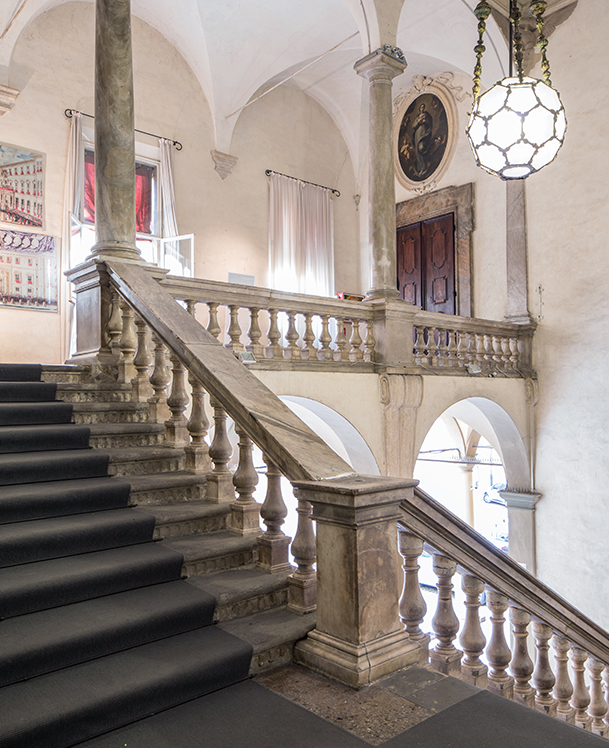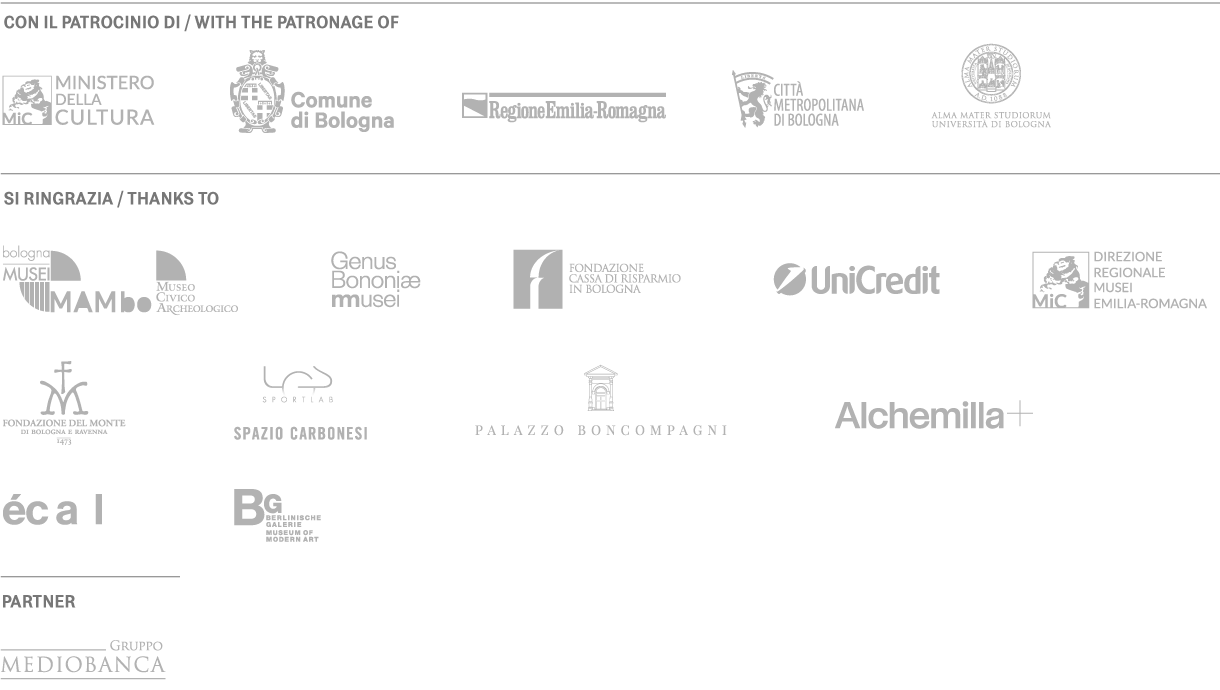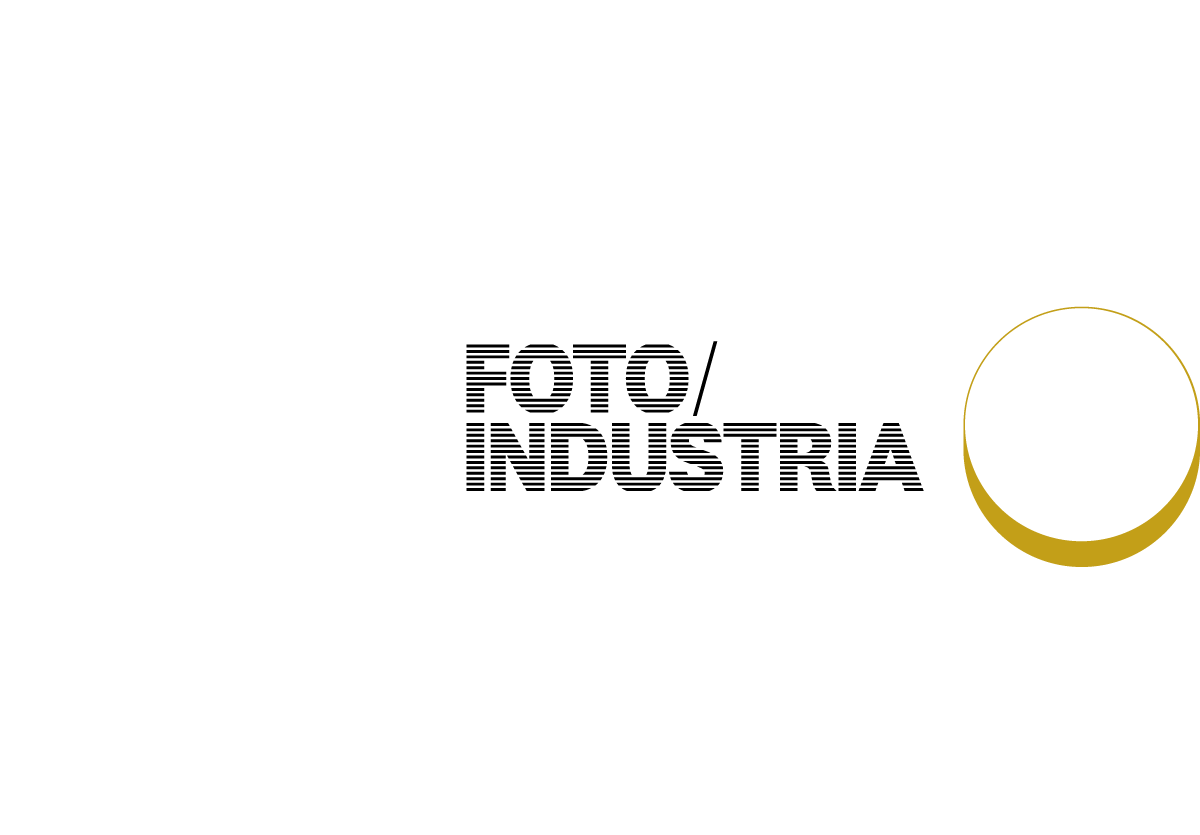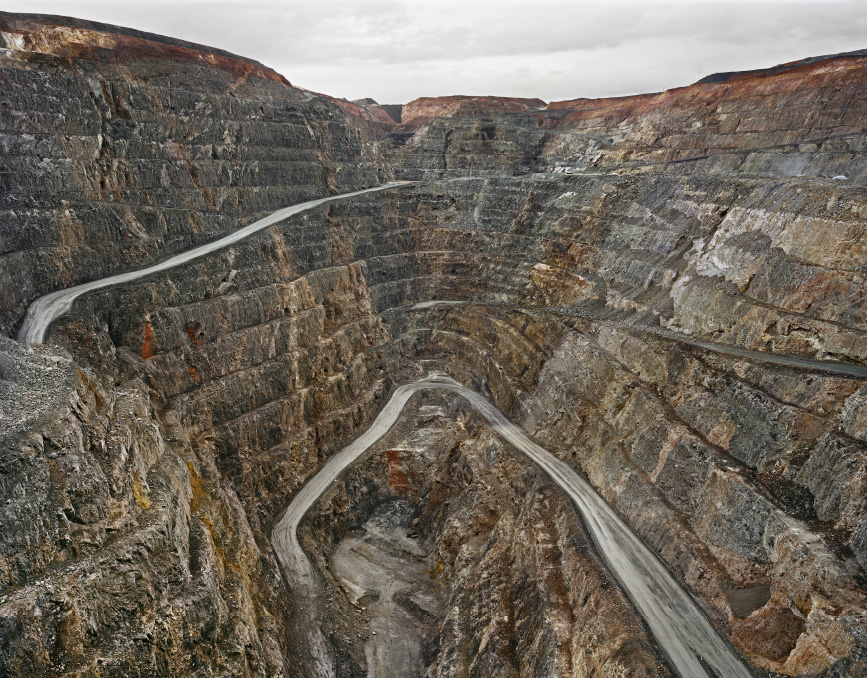
EDWARD BURTYNSKY
MANUFACTURED LANDSCAPES
Edward Burtynsky is not waging a battle against capitalism or industry, nor is he nostalgic for times gone by. His is a crucial awareness and understanding, a respect for a necessary equilibrium, in other words, it is a battle for durable development. He has chosen a photographic style that is imposing, unequivocal; he selects his perspective in order to embrace spaces where the vastness, depth, reshaping and the violence provoke reflection. Shots often taken from the air and through access negotiated with industrial companies allow us to see aspects we would only be able to guess if passing close by.
Edward Burtynsky charms us with the impact of his photos. Unique images, needing no narrative, they stay with us for a long time forcing us to reflect on the next stage of industrial development on the planet.
Location
Pinacoteca Nazionale
Palazzo Pepoli Campogrande
Via Castiglione, 7
Born in the great Canadian prairies, Edward Burtynsky very quickly understood the need to look at the impact of industrial development in a different way.
His photography systematically embraces vast spaces even when he is shooting the interior of a Chinese factory. He describes these immense expanses as beautiful and repellent. Beautiful for the new geometries carved out by man, the graphic tension between landscapes sculpted for centuries by agriculture using limited, and therefore delicate means, and the brutality of modern machinery. Repellent, because they evoke irreversibility, imbalance, depletion, and pollution. While white, red and green create a strong aesthetic impact in an image, they are aggressive in their capacity to evoke devastation in progress.
He has won numerous prizes including the TED Prize and the Rencontres d’Arles Outreach Award and his work features in collections in some of the world’s major museums. For Foto/Industria: a selection of photos of industrial sites is presented in large format projections to restore the spirit of endeavour.
François Hébel
Location
Pinacoteca Nazionale
Palazzo Pepoli Campogrande
Via Castiglione, 7
Construction of this palazzo was begun in the 1660s as a residence for the Pepoli family. One of the most prominent families in Bologna, the Pepoli were first textile merchants and later money-changers and bankers. The palazzo’s halls were frescoed by the leading artists in fine Bolognese decoration in the latter half of the sixteenth and early seventeenth centuries: Giuseppe Maria Crespi, Ercole Canuti, the Rolli brothers, and Donato Creti.
